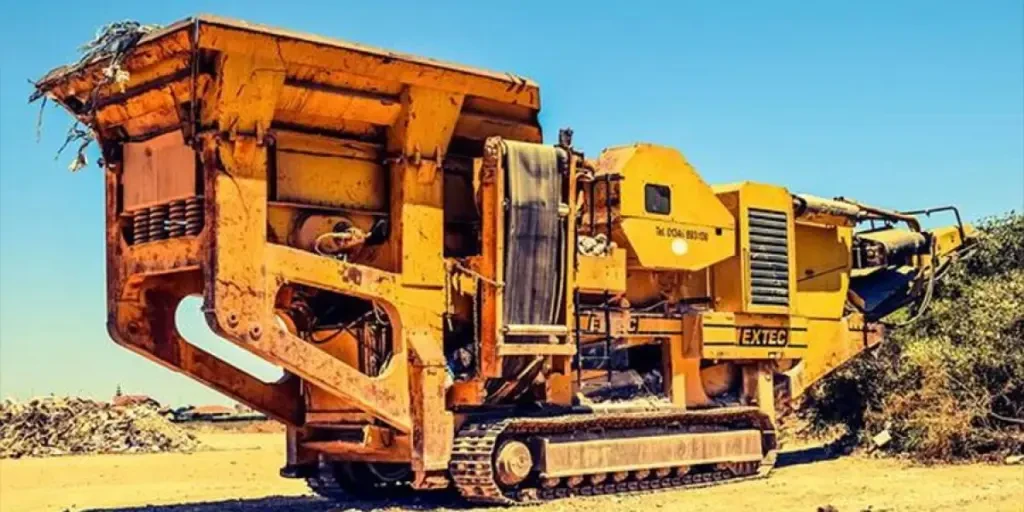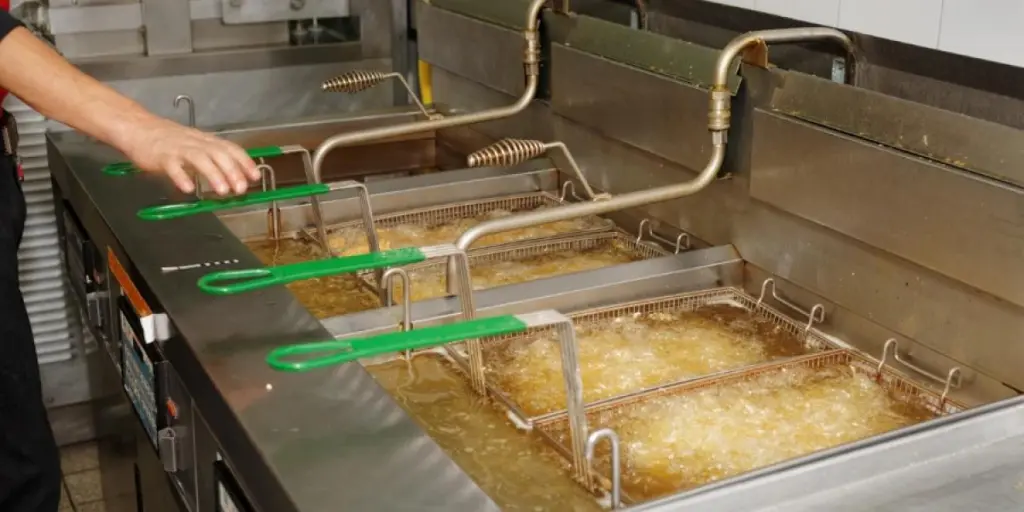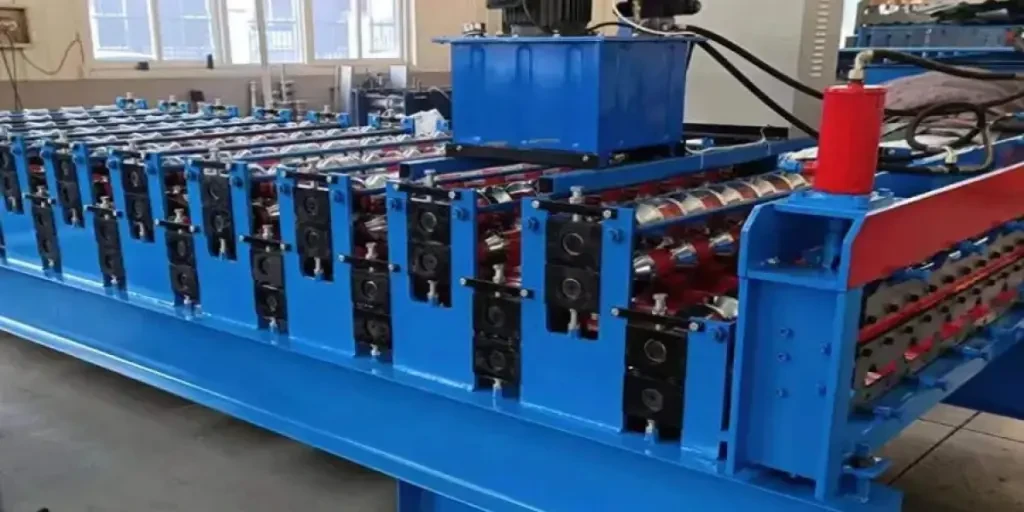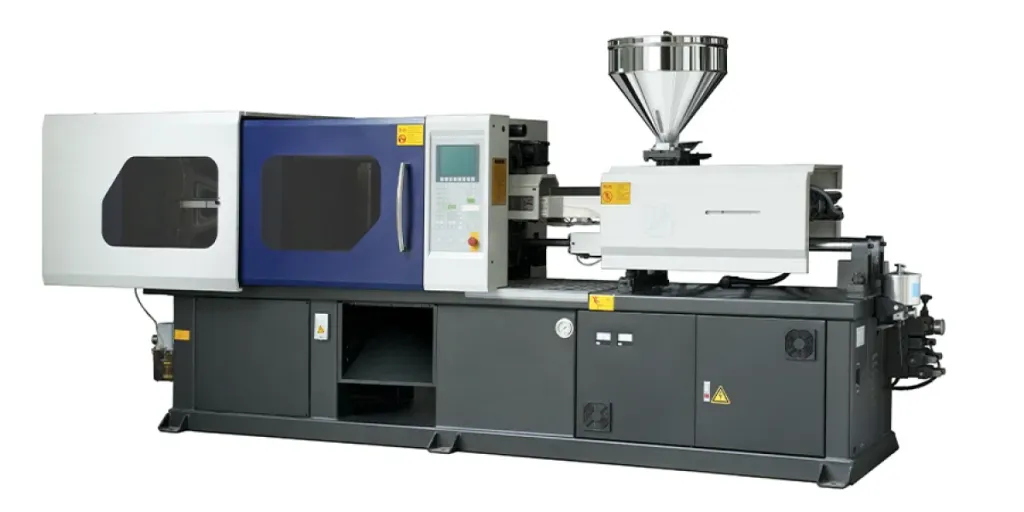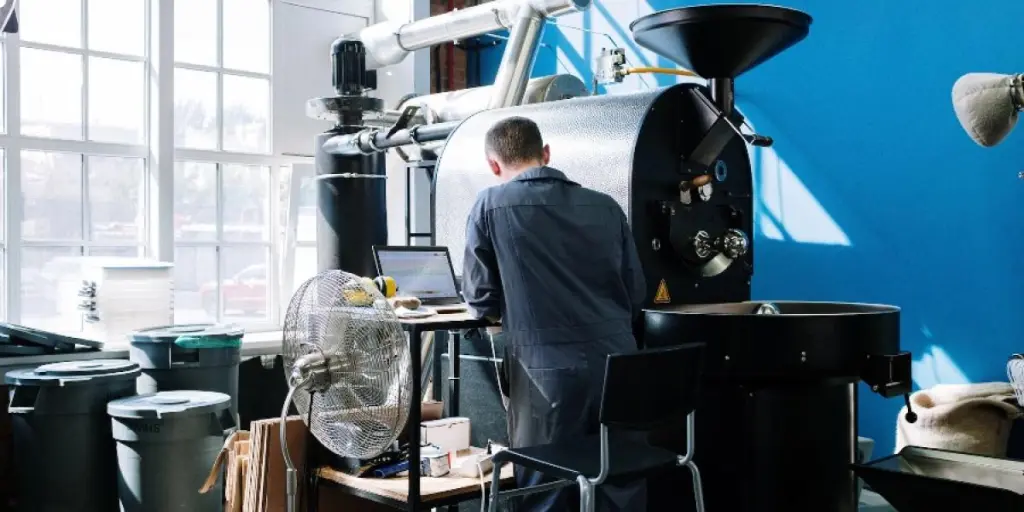Purchasing a crusher machine might seem like a difficult task as a result of the market being saturated with many models. But this article will highlight some key tips you should consider before buying a crusher machine to ensure you find the right model.
It will also give an overview of the demand and market share of crusher machines, their anticipated growth, and some of the main types of machines available in the market today. So read to ensure you can make your next purchase with confidence!
Table of Contents
Demand and market share for crusher machines
5 tips for buying the right crusher machine
Different types of crushers
Conclusion
Demand and market share for crusher machines
Construction, demolition, mining, and processing activities are the main propellants behind crusher machines’ demand. Market demand for these machines is a bit competitive. And according to the dynamics of future projections, players are expected to offer competitive prices and loyalty programs. Moreover, by 2030, the market shall have garnered $2.67 billion at a 5.1% CAGR, according to MRFR (Market Research Future).
Future projections also indicate that competitors must use specific techniques to pave the way for players to boost their global presence. The primary strategies include:
- Strategic Partnership
- Cooperating with manufacturing companies
- Focus on boosting product quality
- Expansion
- Applying cost-effectiveness.
Currently, the market is fragmented because of the large number of participants. Regions with the highest demands for these machines include: Canada, the United States, Africa, the Middle East, China, and North East India.
5 tips for buying the right crusher machine
1. Abrasiveness and hardness
Hardness and abrasiveness are two different factors that hold a massive bearing on crusher machine selection. Silica content is what determines the abrasiveness of the material. Tough materials require a crusher with an impact value above 25.
On the other hand, softer materials require an impact value ranging between 5-10, while medium and hard ones require an impact value of 10-25. To crush the material efficiently, the maximum material size needs to be about 300mm. This is usually common with impact, gyrating, and cone crushers
2. The dimensions
The primary gyratory crusher can hold a maximum material size of 200-300mm. Other crushers that can hold a similar material include: The primary jaw crusher and the primary and secondary horizontal shaft impactor. The secondary cone crusher, on the other hand, can hold a maximum material size of 60-80mm. The typical end product usually measures about 4.75mm.
3. Granulometric requirements
The common size of most crushers measures about 4.75 mm. For example, a VSI crusher for producing sand is one such typical machine. Gyratory crushers are also a great choice as they can handle the hardest and even sticky materials. Moreover, they offer great reduction ratios of 4:1 to 7:1.
4. The capacity
The capacity a crusher needs to perform efficiently depends on many factors. For example, the size, type, and moisture content of the materials. For this, different crushers can hold a specific amount of material and efficiently crush them at a certain speed. For instance, the gyratory crusher can crush 60-89,000 tons per hour. Impact crushers, on the other hand, can handle between 30-800 tons per hour.
5. Applicable materials
Materials to be crushed also influence one’s choice of crusher machines. And each is meant for its own specific purpose. For example, a metal crusher is used solely to crush metal and not gravel or rock. Jaw crushers are primarily suitable for sand, gravel, and other heavy mining materials. Gyrators, on the other hand, are suitable for crushing quarried and heavy mining materials.
Different types of crushers
1. Impact crushers
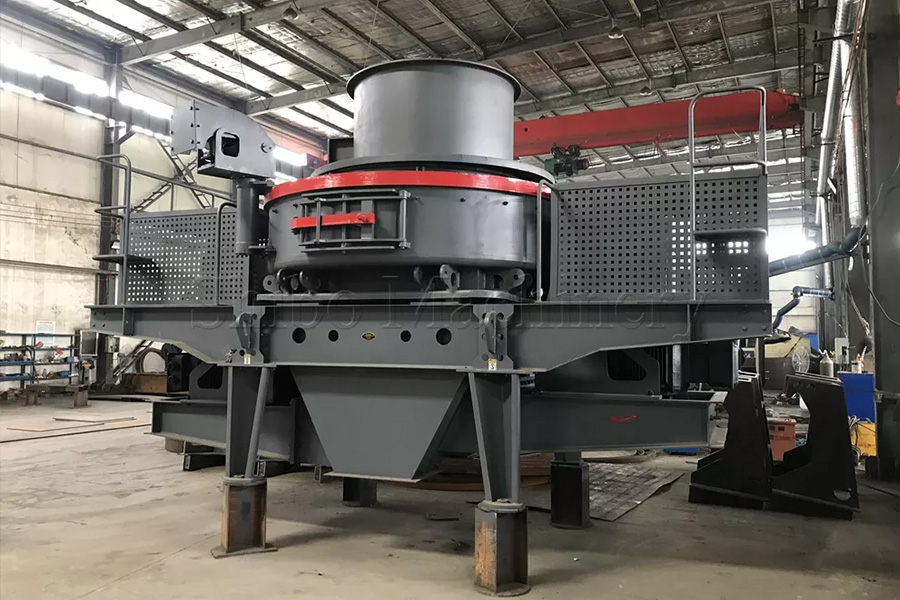
Unlike jaw Crushers which use pressure, impact crushers crush materials on direct impact. Such a machine can also generate profit by converting waste materials from demolition to other uses.
Since the machine can’t achieve a specific desired cubicity, it instead employs a high-speed crushing method. This method ensures uniform force transmission on the impact surface of the materials.
Impact crushers are often used to produce aggregates for road construction, and come in two common varieties, the stationery and the mobile. Users can choose depending on their needs. Notably, an impact crusher can handle between 30 and 500 tons of materials per hour, and is good for materials such as limestone, sand, and gravel.
Pros:
- Ease of maintenance
- Can operate in all seasons
- Relatively easy to operate
- Produces uniform material particles
Cons:
- High operation cost
2. Cone crushers

Cone crushers are also known as claw crushers. This machine uses its high-speed rotating tooth claws to crash the materials into small, uniform-sized, lightweight particles. Generally, a cone crusher comprises 6 parts: the frame, screen, feeding device, upper body, rotor assembly, and the machine cover. The chamber of this crushing machine comprises the rotor assembly and the upper body.
More importantly, the crushing process ends in the crushing assembly since the rotor assembly is the primary working part of the machine. Basically, when the materials enter the crushing chamber, the high-speed working parts destroy the layer of the material depository. The crushed materials are then sieved through a small hole.
Cone crushers are not suitable for crushing heavily moist materials. This machine is used for crushing hard rocks like granite, iron ore, and pebbles. The machine’s capacity ranges from 30-2,000 T/H.
Pros:
- Usually preferred for crushing rocks
- Good for recycling applications
- New models come with an automatic control manipulation system
- Relatively stable work
- Produces uniform-sized particles
Cons:
- Poor mobility—difficult to transport
3. Gyratory crushers
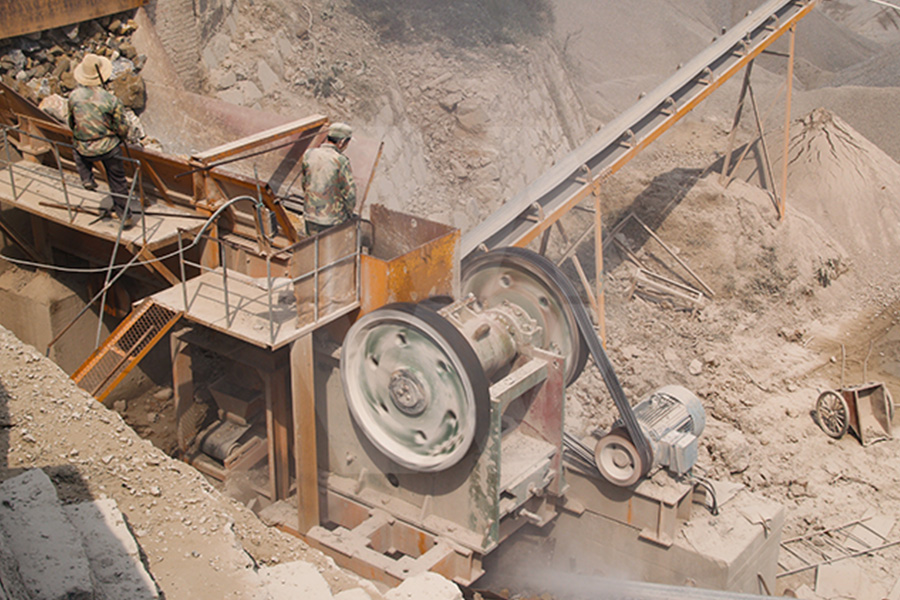
These crushers have existed since 1877, courtesy of their inventor, Charles brown. While the larger ones are known as primary crushers—made to receive run-on-mine as they crush rocks in the mines—the smaller ones are commonly described as cone crushers. This is a ROM machine used in crushing large rocks into gravel, sand, rock dust, and smaller rocks. More importantly, its capacity ranges between 50-650 T/H.
A gyratory crusher can reduce the size of a material, say a rock, to about 1/10 of its size. In instances where metallurgical (further size reduction) operations are required, the materials are transferred to a cone crusher. Here the maximum size reduction is the ratio of 8:1. Instances requiring further size reduction are usually accompanied by installing a tertiary crusher. This typically reduces the size in the ratio of 10:1.
Pros:
- Can reduce the size of materials significantly
- Newer models have increased speed over older versions
- Great mechanical improvements in the newer models
- High throughput
Cons:
- Sensitive to jamming if loaded with moist materials
4. Jaw crushers
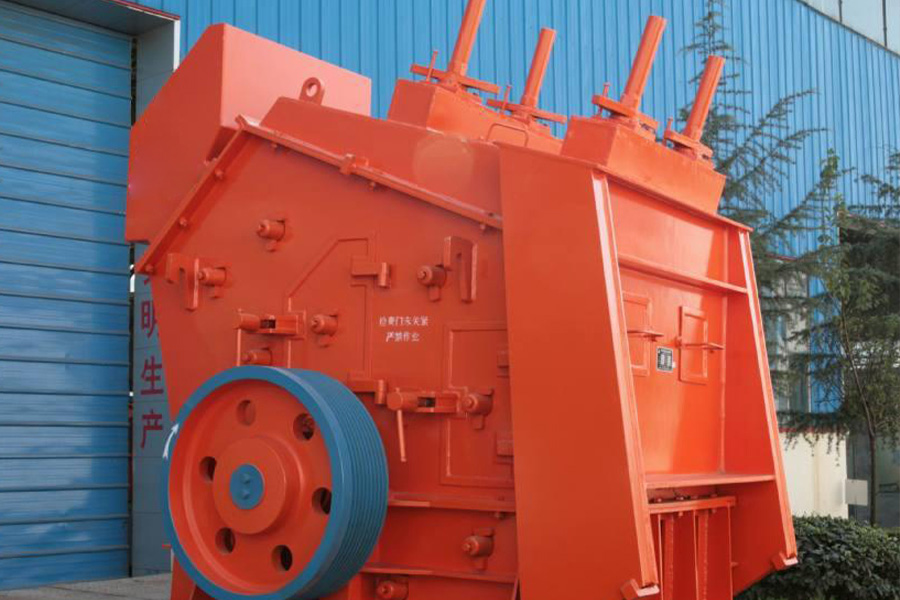
As one of the main types of crushers, this is a machine that’s mostly found in ore mining plants. Compared to a secondary jaw crusher, which has a rectangular opening design, the primary one has a square opening design at the top of its jaws. This machine reduces large sized ore or rocks through compression.
The machine’s jaw is fixed into a stationary V-shape alignment. The movable jaw forces the rock or ore into the stationary plate by exerting as much force as possible till the rock crushes. Since they are typically small, they can easily fit in tight spaces, making them suitable for underground mining. Also, due to their high mobility, they are super-efficient for mobile crushing. Common materials suited for this crusher include: basalt, ore, hard rocks, concrete, and granite. Typically this machine can handle between 30-250 T/H.
According to the latest trends, the newer versions are designed with safety and ease of maintenance in mind. Moreover, the lifting shells and the hydraulic separation make the machine relatively easy to operate for any on-site worker.
Pros:
- High Capacity
- Stable performance
- Relatively easy to maintain
- Made of high-quality materials
Cons:
- It consumes a lot of power
Conclusion
The factors outlined here are essential factors for choosing a suitable crusher. Other important considerations worth noting include: mobility, quality, and equipment prices. With a wide variety of different brands, it’s pretty clear that a shortage of options is now a thing of the past. To learn more about crusher machines and the different types and models available in the market, check out Alibaba.com.
